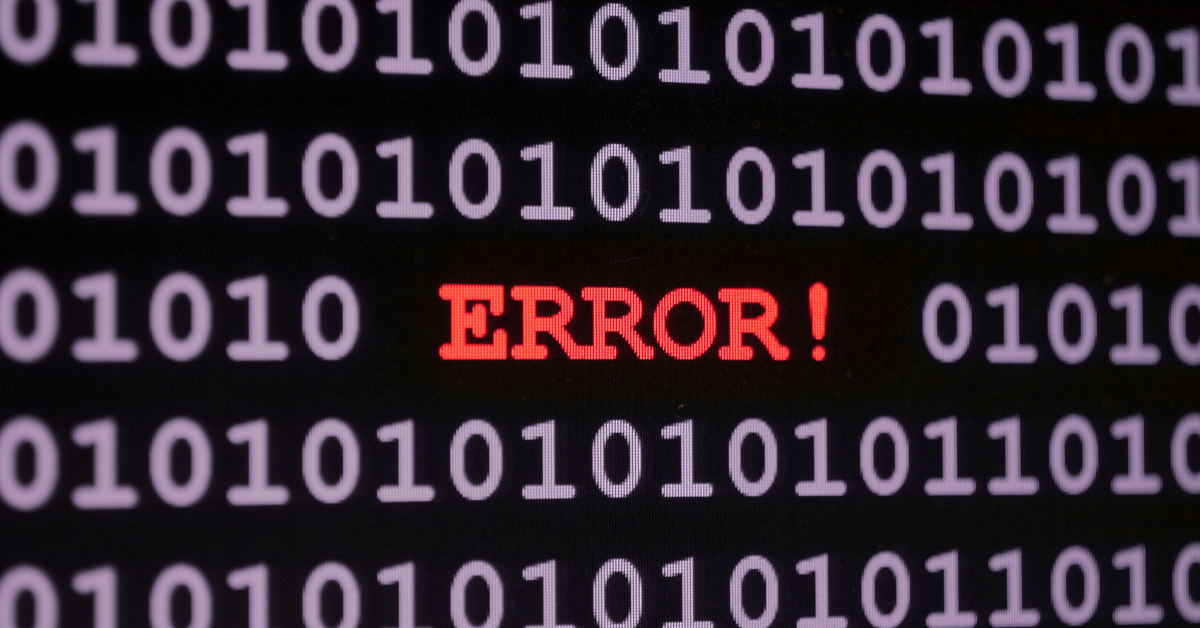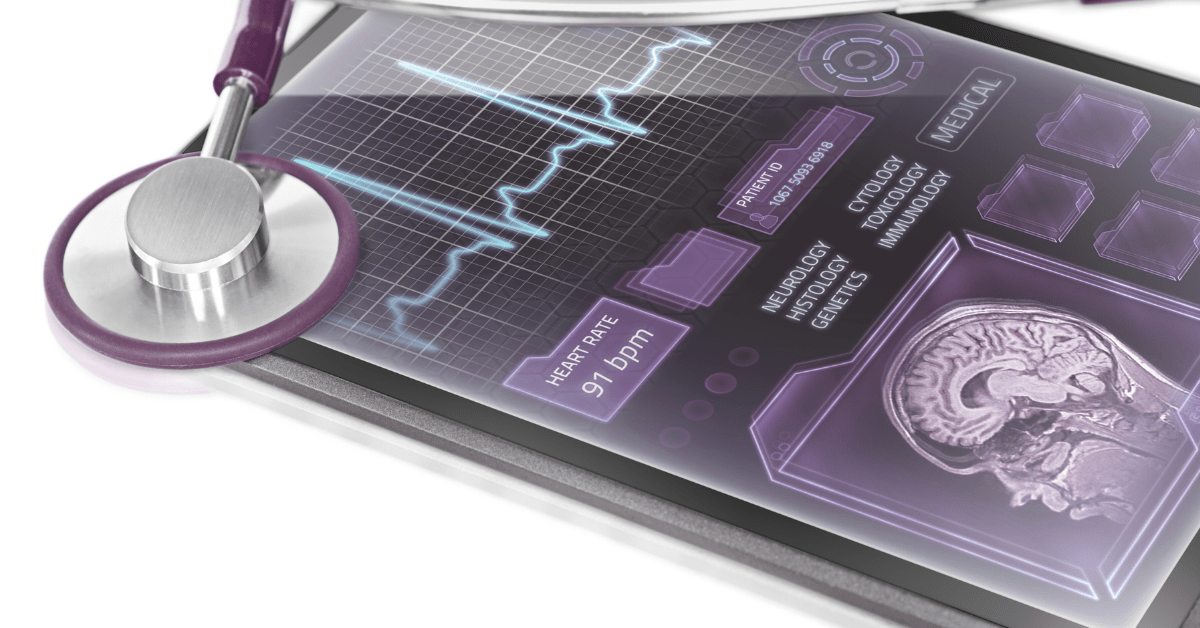Fast Healthcare Interoperability Resources (FHIR) is best known as a data standard for exchanging health information across systems. But its potential goes far beyond system-to-system communication. With FHIR integration, healthcare organizations can power innovative patient engagement tools that improve access, transparency, and outcomes.
Why patient engagement matters
Modern healthcare is shifting toward patient-centered models, where individuals are active participants in their care. Engagement tools such as mobile apps, chatbots, and portals make it easier for patients to understand their health data, schedule appointments, and communicate with providers. FHIR is the backbone that allows these tools to connect securely with EHRs and other clinical systems.
Examples of FHIR-powered engagement tools
With proper integration, FHIR can support:
– Mobile apps that display lab results and care plans in real time
– Chatbots that help patients manage medications or follow-up care
– Wearable device integrations that stream vitals into the EHR
– Patient portals that provide seamless access to clinical records
Security and compliance considerations
While FHIR makes data sharing easier, it must be implemented with strict attention to privacy and compliance. OAuth 2.0, SMART on FHIR, and HIPAA-compliant hosting are essential to protect sensitive patient information when engagement tools connect with core healthcare systems.
Building a connected patient experience
For healthcare organizations, FHIR integration is more than a technical requirement — it’s a foundation for improving the patient experience. By enabling real-time, secure access to health data, FHIR-powered tools strengthen trust and empower patients to take control of their care journey.
Healthcare Integrations partners with organizations to implement secure, scalable FHIR integrations that unlock the full potential of patient engagement. Contact us to learn how we can help bring your engagement tools to life.





